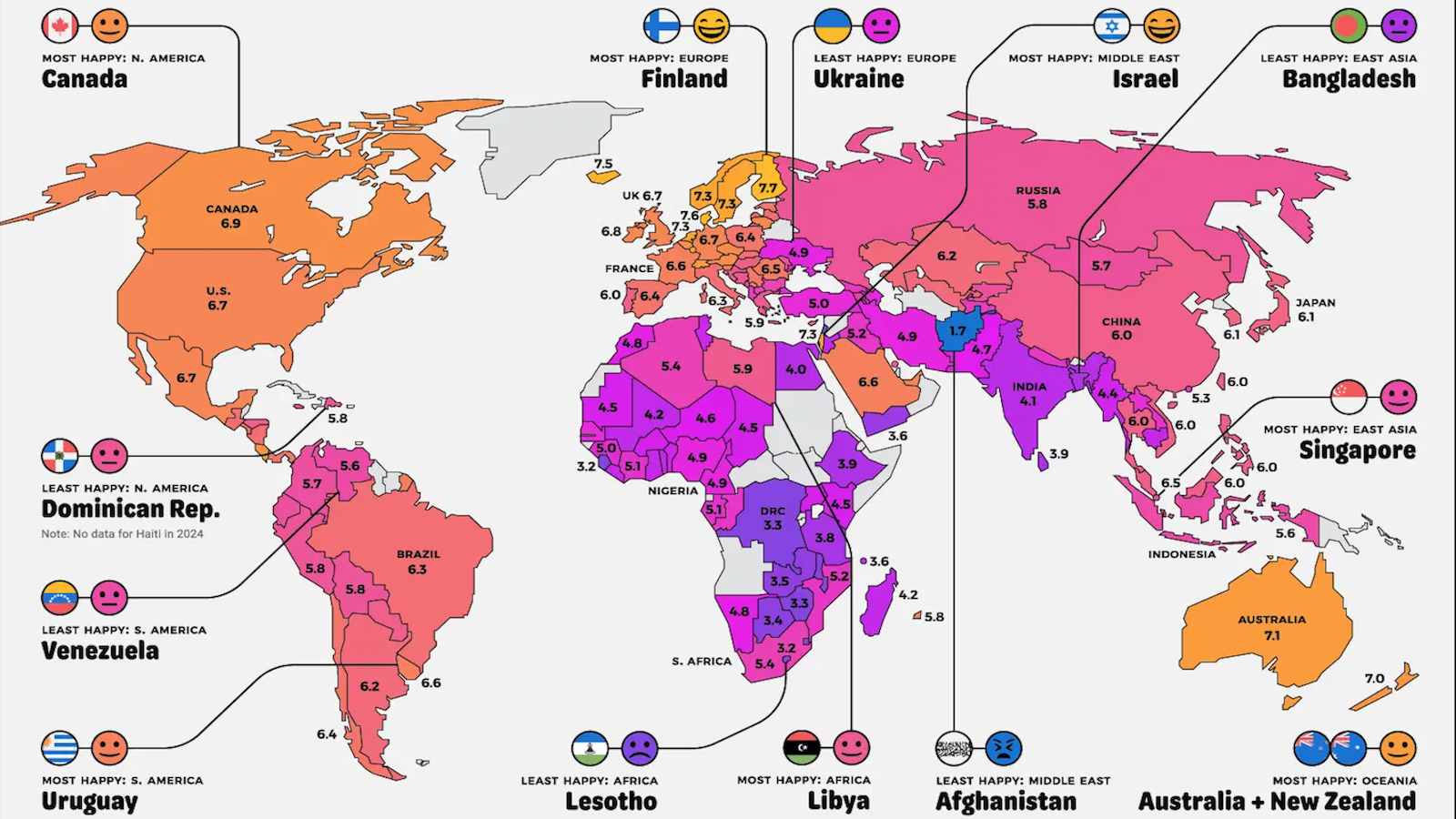War and Peace: The Origins of the American Santa

Like Satan, he is known by many names—Sinterklaas, Père Noël, Tomte—but we Americans call him Santa Claus. The long white beard, red outfit, reindeer, etc., all seem like givens to us in the U.S., but the concept of the Christmas figure so ubiquitous in Christian countries is anything but uniform in look. The way that we see Santa in our minds took root first in the second half of the nineteenth century in the midst of one of the darkest periods in our national history. It’s hard to believe now, but the image of this peddler of good will and peace got his look during a time of war.
From the vast storehouse of worldwide Santa lore, the first “editor” of the American Santa was Clement Clarke Moore, whose 1823 poem “A Visit From St. Nicholas” (known better now as “The Night Before Christmas“), drew in words what Santa “should” look like. Moore’s “right jolly old elf” with “cheeks… like roses,” “nose like a cherry,” beard “white as the snow,” and “round belly that shook when he laugh’d, like a bowl full of jelly,” all wrapped in “fur, from his head to his foot,” conjured a look that the American imagination never shook. If you delve deeply into world Santa traditions, you can play an interesting game of alternative universe American Santas ranging from the mildly different (dressed in green rather than fire-engine red) to the truly (to us) bizarre (trading in Rudolph and friends for the Finnish Joulupukki or “Yule Goat“). When political cartoonist Thomas Nast drew the definitive American Santa in 1881 (detail shown above) he cribbed almost directly from Moore’s choices.
But 1881 wasn’t the first time Nast had drawn his vision of Santa. The very fact that Nast became the creator of the American Claus seems odd to those who know his work. Nast did the dirty work of American political cartooning in the second half of the nineteenth century, bringing down with his pictures the infamous Boss Tweed, whose corrupt Tammany Hall remains a go-to metaphor for political corruption. An equal opportunity caricaturist, Nast parodied both parties by creating the elephant for the Republicans and the donkey for the Democrats. During the American Civil War, Nast turned his talents to the bloody conflict. In the nineteenth century, print publications ruled as the sole mass media outlet. Before photography could be reproduced in such publications, illustrators served as the eyes of the masses. It’s almost impossible for us today drowning in imagery to picture print illustrations as the only method of visualizing the world beyond our immediate surroundings.
The simplest explanation for Nast taking on the task of visualizing Santa for the masses is that he wanted to take some time off from portraying the war, and to give his readers a bit of a break, too. On the cover of the January 3, 1863 issue of Harper’s Weekly, one of the most popular illustrated periodicals of the Civil War era, Nast showed Santa visiting Union troops and handing out gifts. (Click on the links to see the illustrations.) A star-spangled Santa (a patriotically permissible alteration to the standard Santa suit) sits atop a sleigh as two younger boys in uniform play with a Jack in the Box at the bottom of the cover. Inside that same issue, Nast showed a woman on Christmas Eve praying for her husband at the foot of their child’s bed in one porthole portrait as the companion porthole showed the soldier husband staring into a campfire and imagining the hearth of home. Above the two scenes, a tiny Santa climbs down a chimney in the upper left corner and later rides in his sleigh in the upper right corner.
In 1864, Nast draws more hopeful and happy vignettes. In the leftmost image, titled “Eve,” we see Santa Claus weighed down by his sack of toys smiling over children sleeping in their beds. In the center picture, titled “Furlough,” a soldier returns home for the holidays to the joy of his family. In the final scene on the right, marked “Morning,” the children open up their gifts to complete the story. If Nast allowed the sadness of the dragging conflict to infect his 1863 Santa pictures, he indulged in some hope and happiness for 1864.
On December 31, 1864, Nast published another Christmas scene, but gave Santa the day off. Instead, a different bearded figure takes center stage—Abraham Lincoln. Surrounded by smaller Biblical scenes of forgiveness and reconciliation, Lincoln presides over the center scene, in which he extends a magnanimous arm to invite weary Confederate soldiers to join in “The Union Christmas Dinner.” The Battle of Gettysburg effectively decided the Civil War earlier that year, but the South continued to drag out hostilities. Father Abraham plays the role of Father Christmas here to give the gift of forgiveness and peace to the war-torn country. Alas, it would take another four months for that gift to be accepted. Lincoln himself would meet his own end shortly after.
At the end of 1865, Nast presented his first post-war, post-Lincoln Santa scene. Santa reclaims his central position amidst scenes of holiday merriment—a return to normalcy after the surreal life under war. However, at the foot of the composition, Nast shows a stage of sorts peopled by uniformed soldiers. At the center of the scene play recognizable faces of the war such as Grant, Sherman, and Lee—some existing only as disembodied heads. It’s as if Nast wants us to see Santa and the hope and joy he brings as the true reality and the bloodshed and grief of war as merely a theatrical fantasy easily forgotten at the bottom of a page. It’s wishful thinking, of course, but a wonderful wish.
I’ve always wondered at the paradox of Christmas as a time of giving and getting in which we always seem to think about losing the ones we loved. Charles Dickens‘s 1843 A Christmas Carol helped shape that mindset in American psyches as well as in the Victorian rendition of Christmas, led by the eponymous queen pining for her Prince Albert, whose death in 1862 led Queen Victoria to mourn for him the rest of her life, especially at Christmas, which she celebrated in the German fashion for her lost Saxon prince, thus making British Christmases (and, by extension, American Christmases) look very Germanic.
When Nast revisited Santa in 1881, the sadness of the Civil War had faded somewhat. Yet, the sense of loss of Nast’s Santa’s Civil War roots seems inseparably embedded into his jolly DNA. This Christmas, when American troops continue to battle a never-ending war in Iraq and Afghanistan, it’s important to remember the bloody roots of “Big Red,” if only to steal a bit of Nast’s holiday spirit—an indomitable one that could always depict a shining light of peace during the darkest times of war. That’s the true origin of the American Santa Claus. That’s the true meaning of Christmas.





